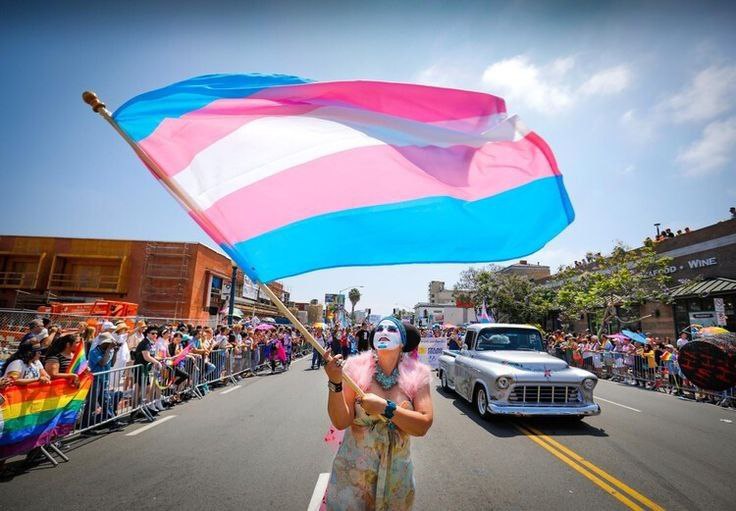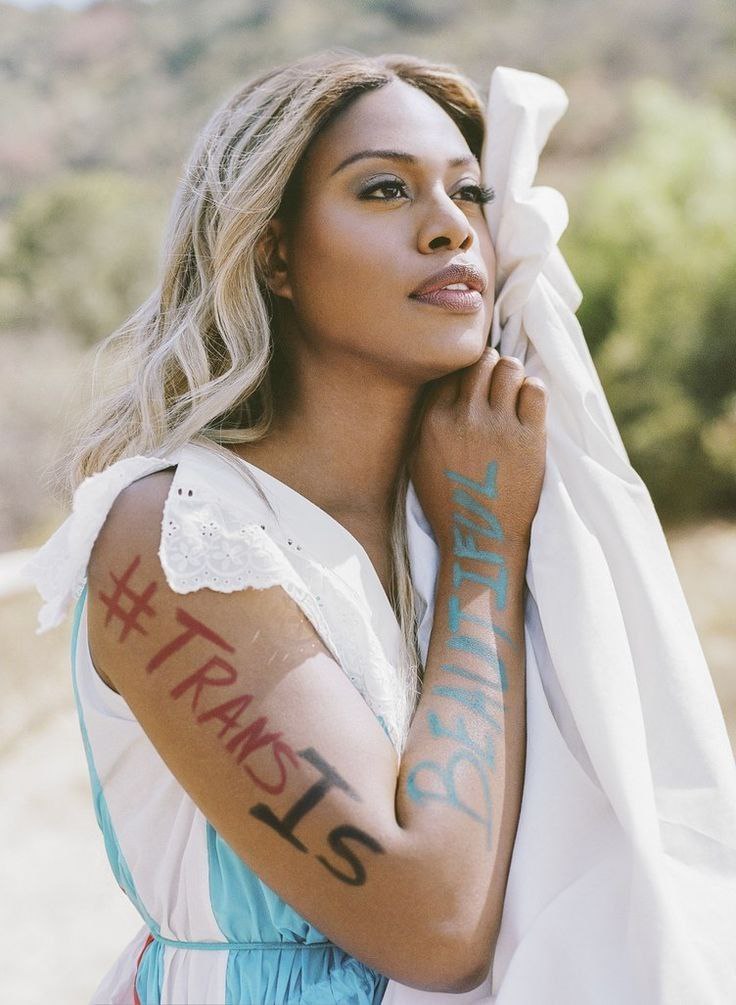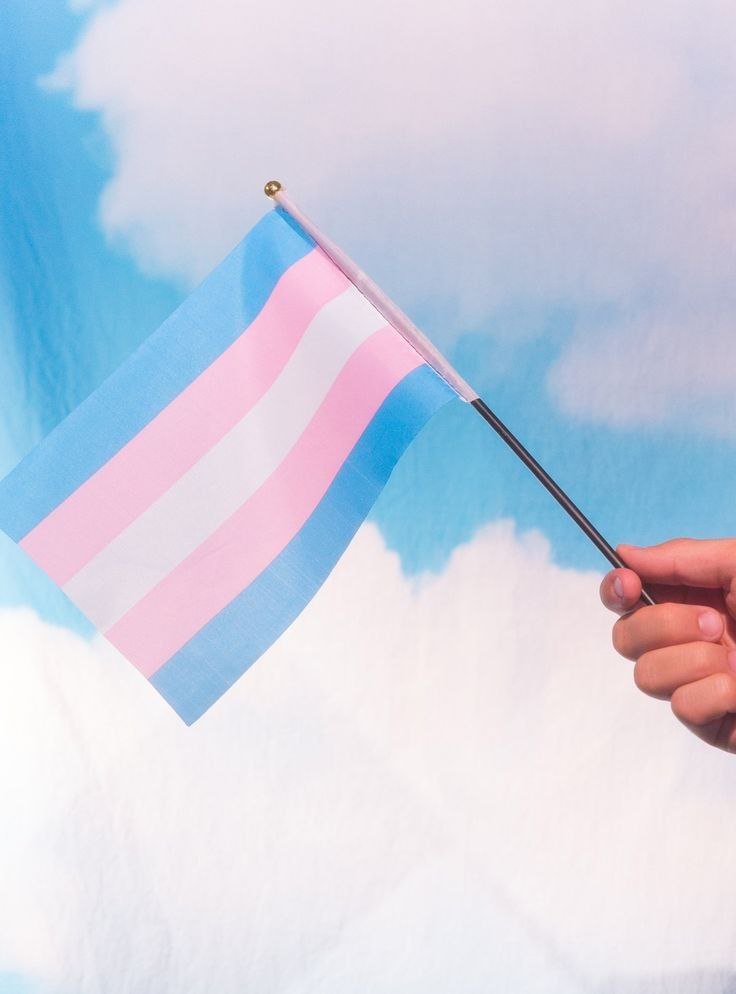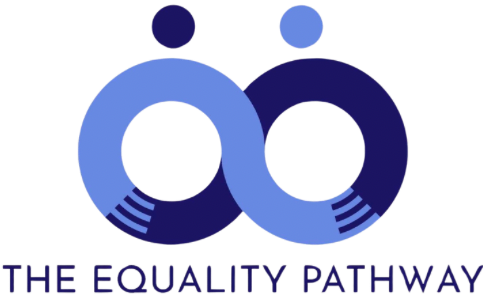Trans Awareness Resources: Understanding Trans Identities

Trans Awareness Week (November 13-19) a time to raise visibility and support for the trans community. This week-long celebration culminates in Trans Day of Remembrance (November 20), honoring the lives.
This period is a crucial time to amplify trans voices, educate ourselves, and advocate for trans rights.
Overview: Breaking Down Barriers
Trans Awareness Week aims to dispel misconceptions and raise awareness about trans identities, experiences, and challenges. Education is key to understanding the trans community. By learning about trans issues, we can:-
- Challenge harmful stereotypes that gives out bad narratives to the Trans community.
- Support trans individuals and empower this with skills and available resources.
- Advocate for inclusive policies like healthcare, and human rights violations
Resources:
Human Rights Campaign (HRC)
– Transgender overview: A comprehensive guide to understanding trans identities.
– National Center for Transgender Equality (NCTE)
– Understanding Trans Identities: Personal stories and experiences.
Introduction: The Struggle for Equality
Trans individuals face staggering barriers to equality, including:
- Discrimination in employment, housing, and healthcare.
- Violence and harassment.
- Lack of access to affirming healthcare
These challenges lead to:
- Higher rates of poverty and homelessness.
- Poor mental and physical health
- Limited access to education and Employment
Resources:
– World Health Organization (WHO)
– Transgender health resources: Addressing health disparities.
– The Trevor Project
– Understanding Trans Identities: Supporting trans youth.
Understanding Trans Identities: Diversity and Complexity

Trans identities encompass various experiences, including:
- Binary (male/female): Identifying as male or female.
- Non-binary: Identifying outside the binary.
- Genderqueer: Blending male and female identities.
- Agender: Not identifying with any gender.
- Bigender: Identifying as two or more genders.
Understanding these identities helps break down stereotypes and promotes inclusivity.
Resources:
– GLAAD – Transgender 101: A primer on trans identities.
– Trans Student Educational Resources (TSER)
– Trans 101: Personal stories and experiences.
Debunking Myths and Misconceptions: Separating Fact from Fiction
Common myths:
- Trans individuals are “confused” or “pretending”
- Transition is “easy” or “cosmetic”
- Trans people are “dangerous” or “predatory”
These myths perpetuate harm and discrimination. Education and awareness can combat misinformation.
Resources:
– HRC
– Debunking Trans Myths: Setting the record straight.
– NCTE – Trans Mythbusting: Challenging harmful stereotypes.
Navigating Transition: A Journey of Self-Discovery
Transition involves:
- Social transition (name change, pronouns change/integrate, physical appearances and vocal argumentations)
- Medical transition (hormones, surgery)
- Legal transition (documentation is ID cards, Drivers license etc)
Transition is a personal and complex process.
Resources:
– World Professional Association for Transgender Health (WPATH)
– Transition resources: Supporting trans individuals.
– Trans Lifeline
– Transition support: Peer support and resources.
Overcoming Internalized Transphobia: Self-Acceptance and Love
Internalized transphobia can lead to:
- Self-doubt (Not recognizing one’s full potential)
- Shame (The feeling of being not good enough)
- Mental health struggles
Self-acceptance and support are crucial.
Resources:
– NCTE
– Overcoming Internalized Transphobia: Personal stories.
– The Trevor Project
– Self-acceptance resources: Supporting trans youth.
Transphobia and Substance Abuse: Breaking the Cycle

Trans individuals face higher rates of substance abuse due to:
- Discrimination (violent attacks, kito, being disowned, not given equal opportunities in a workspace etc)
- Trauma (unresolved past and present experiences)
- Mental health struggles
Addressing these underlying issues is key.
Resources:
– Substance Abuse and Mental Health Services Administration (SAMHSA)
– LGBTQ+ substance abuse resources.
– National LGBT Health Education Center
– Trans substance abuse resources.
Transness and Human Rights Reforms: Advocating for Change
Advocating for trans rights involves:
- Policy reform ( in equal opportunities, healthcare, and workspaces)
- Education
- Community support
Creating inclusive spaces and policies promotes equality.
Resources:
– United Nations Human Rights
– Free & Equal campaign: Global advocacy.
– Human Rights Watch
– Trans rights reports: Investigating human rights abuses.
Recommendations and Conclusion: Supporting Trans Individuals
Support trans individuals by:
- Listening to their stories
- Advocating for trans rights
- Providing inclusive spaces
Education, empathy, and action create a more inclusive society.
Resources:
– World Health Organization (WHO)
– Transgender health guidelines.
– National Center for Transgender Equality (NCTE)
– Policy recommendations.
By understanding and supporting trans identities, we can create a more inclusive and equitable society.

